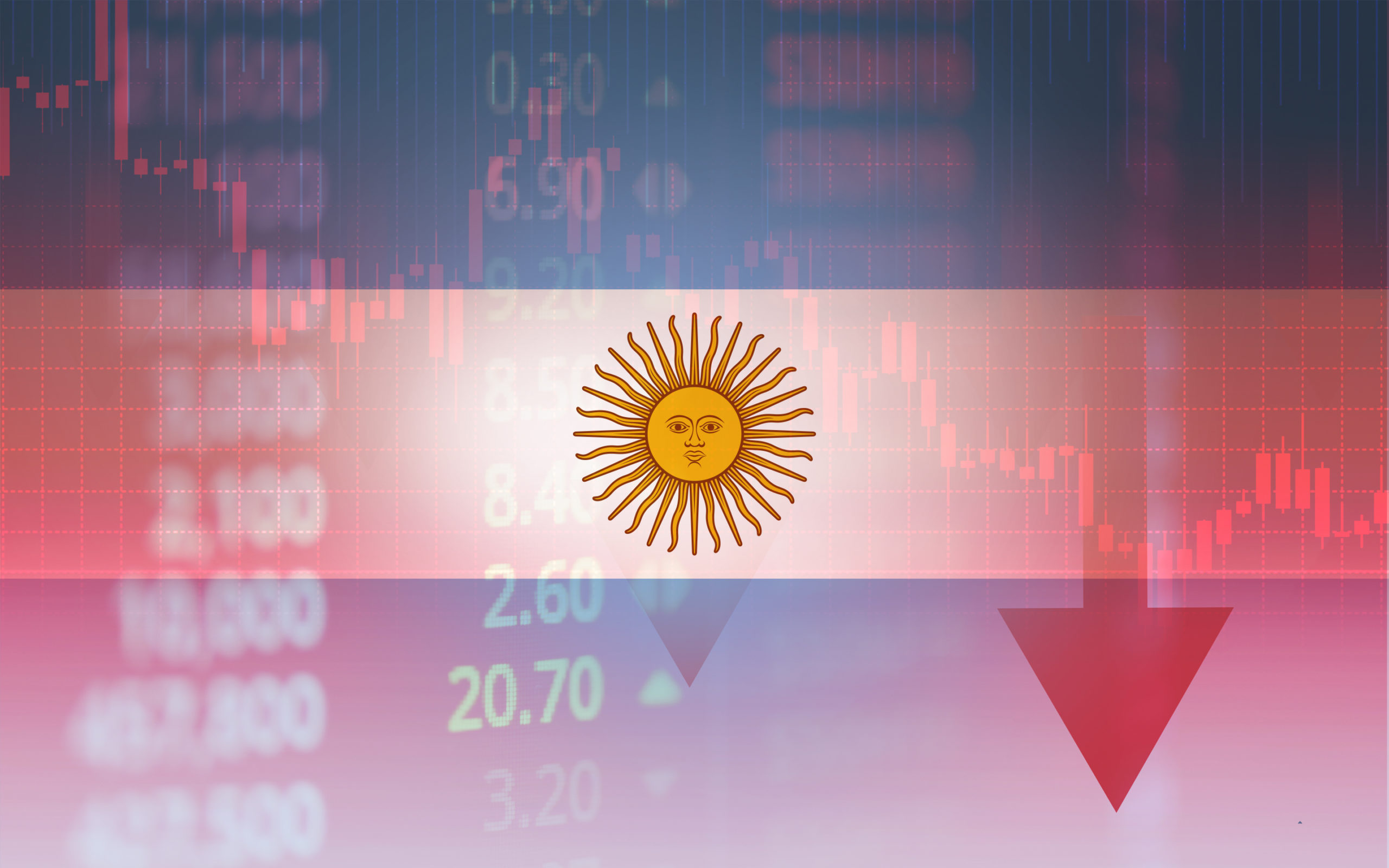RIO DE JANEIRO, BRAZIL – As of the second quarter of 2021, activity was 5% behind 2019, followed by Mexico (-2.4%) and Ecuador (-2%), according to a study by the Ministry of Productive Development.
According to information compiled by the national government, the Argentine economy is the slowest recovering in relation to the rest of the region. Towards the second quarter of the year, economic activity was still 5% behind that same period of 2019, before the health crisis, implying the worst number among the countries surveyed by the Ministry of Productive Development in a recent report.
Read also: Check out our coverage on Argentina
According to a study by the Center of Studies for Production (CEP XXI), which reports to that ministry, the Argentine economy was the most damaged by the impact of the coronavirus compared to most of the countries of the continent. Paraguay, the United States, and most Central American economies are already at a higher level of activity than before the health crisis.

“In June, the Argentine economy recovered much of what was lost in April and May 2021 by posting a 2.5% monthly increase. After a month marked by an extension of health measures, economic activity expanded in June, largely due to a recovery in industry and commerce. In this way, the gap based on pre-pandemic levels narrowed to 2.2%”, considered the report of the product portfolio.
This is one of the two ways that the work proposed to measure the performance of the economic activity in this stage of exit from the pandemic. On the one hand, this 2.2% shows the difference in the production volume between June of this year and February 2020, that is, the last full month without the impact of the coronavirus. The social isolation measures in Argentina started in the last days of March.
In a brief reference to the Argentine economy, the report on Indicators of economic activity in the region mentioned that in June (latest official data), “the Argentine economy slowed down its fall with respect to 2019 levels (-2.1%, +7.1 percentage points with respect to the variation of the previous month) and sustained double-digit growth rates in the year-on-year comparative (10.8 percent). At the sectoral level, 9 of the 15 activities fell based on 2019, and most of them increased with respect to 2020, except agriculture and financial intermediation,” he explained.
According to the information of most of the economies of the continent compiled by CEP XXI, Argentina occupies the last place either when taking as a reference the monthly data (the aforementioned 2.2% gap between June 2021 and February 2020) or when considering the total data of the second quarter of the year compared to those three months of 2019.
In the latter ranking, the Argentine economy is still in the last position, as its level of activity was 5% lower in the second quarter of 2021 than in 2019. With that same metric, it is followed by Mexico, which is 2.4% behind, and Ecuador (-2%), Colombia (-1.4%), and Canada, with -0.9%.
At the other extreme, Paraguay is the country with the fastest post-pandemic recovery: its economic activity is already 5.8% higher than two years ago, followed by Guatemala (4.9%), the Dominican Republic (4.3%), Honduras (3.2%), El Salvador (2.5%), the United States (2%), Costa Rica (1.4%) and Chile (1.3%).
The ranking of countries changes little if we consider the data between June 2021 and February 2020. In this case, the -2.2% recorded by the Argentine economy places it once again in the last place, together with Ecuador. Canada and Mexico are 1.5% behind pre-pandemic, and other countries have even smaller declines, such as El Salvador (-0.5%), Costa Rica (-0.4%), Peru (-0.3%), and Colombia (-0.2%). Countries such as Uruguay and Bolivia are not included because they do not have official monthly activity data.
As Infobae reported, the recovery of Argentina’s economic activity is not yet reflected in the labor market. While some productive sectors are already operating at levels above pre-pandemic, in the last year, the economy reinstated only 54% of the formal workers in the private sector who lost their jobs during the months of stricter quarantine.
Between March and July 2020, when the social isolation measures were the harshest, 191 thousand private jobs were lost. In the following twelve months, that is, until June 2021, the last official data, some 103 thousand jobs were restored, as measured by the Ministry of Labor.
There are areas of the economy in which the labor situation remains considerably damaged. This group includes, for example, Hotels and restaurants (-22.2%), Community, social and personal services (-4.7%), Construction (-4.6%), and Mining and quarrying (-3.8%), among others.
In contrast, six sectors now employ more people than before the health crisis: Fishing (4.6%), Real estate, renting and business activities (3.4%), Manufacturing (2.1%), Health (1.5%), Electricity, gas, and water supply (0.7%) and Agriculture, livestock, hunting and forestry (0.2%).

